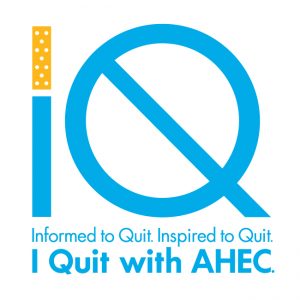Internet Usage is Up 70% During the COVID-19 Pandemic
Americans are definitely spending more time online. That means increased opportunities to get your message and website in front of prospective clients and customers.
In addition to watching favorite indulgences like Netflix’s Tiger King, research from The New York Times on recent internet usage in the United States shows that our behaviors shifted. In some cases, quite drastically, with the impact of the coronavirus and the need for searching online for working at home, doing schoolwork, and passing the time playing and connecting.
The Wall Street Journal reported that Netflix added 15.8 million new customers in the first quarter and currently has 182.9 million subscribers worldwide. This says that we’re looking for entertainment options on streaming services like Netflix and YouTube and seeking to interact with friends on social media sites like Facebook.
The Need for COVID-19 Updates has Increased Viewing of Traditional News Sources Online
Trying to find accurate information and updates on the coronavirus has increased readership for local and established newspapers, The New York Times reported. We’ve also been searching for more established media brands for information on the pandemic and its vast economic fallout. For example, the business news site CNBC has experienced a massive increase in readership of nearly 100%. Likewise, the websites for The New York Times and The Washington Post have both grown traffic more than 50% in the past month, according to SimilarWeb.
However, this bump didn’t also follow on partisan sites like breitbart.com and Infowars.com. Also, The Daily Caller on the right and the liberal Truthdig.com have seen stagnant or falling numbers. And, it’s local news sites that are really enjoying big jumps in traffic, as users try to learn how the pandemic is impacting their own hometowns.
But besting all of these news sites, as far as increased popularity, is the home page for the Centers for Disease Control and Prevention. It’s now getting millions of readers after previously having almost next to none.
ISPs See Usage and Users Skyrocket
Internet providers across the U.S. have been experiencing drastic spikes in usage since March, as many Americans started to telecommute or take classes online. Nortex Communications in Texas saw an increase of 30% more data usage for customers since March 12th and almost triple the subscribers over the past two months compared to previous months.
Comcast, which operates the largest residential Internet network in the U.S., has seen “an unprecedented shift in network usage.” However, the company assures users it’s within the capability of its network. Comcast reported a 32% increase in upstream traffic growth and an 11% increase in downstream traffic growth from March to May.
A Move from Phones Back to PCs and Tablets
We have seen an industry-wide emphasis on mobile devices in recent years, with the latest and greatest smartphones being able to do almost anything we ask them to do. However, as Americans spend our days at home with nearby computers and smart TVs, we’re now enjoying larger screens.
This tablet and PC viewing have also boosted gaming and chatting with friends and family as ways to bring the rest of our world indoors.
And while school’s in recess for the summer, most districts were forced to finish the school year with online education, so classes were held on platforms like Google Classroom, and school gatherings and sessions on Zoom, Google Hangouts, and Microsoft Teams. Comcast says that its weekday usage is up, driven mostly by VoIP, video conferencing, and VPN as people continue to work and learn from home. Its VoIP and video conferencing are up 210-285%, and its VPN traffic is up 30-40%.
Overall, Comcast reports that gaming downloads are up 20-80%, depending upon new releases, and its streaming and web video consumption is up 20-40%. Similarly, television viewing is up to about eight viewing hours per week per household, including streaming.
Takeaway
It’s all about “eyeballs” or website visitors. Playbook Public Relations can help your company get results as we see many more Americans searching online. Let us put together a digital marketing and advertising campaign during the pandemic to get your company increased web traffic and more business.
Large or small, we have a solution when you need it. Our market knowledge and support team will provide your company with the best multi-faceted publicity or marketing campaign. Let us create a “playbook” for your business.
Contact Playbook Public Relations today in Tampa, Florida at (813) 789-7122 or use our web contact form.




